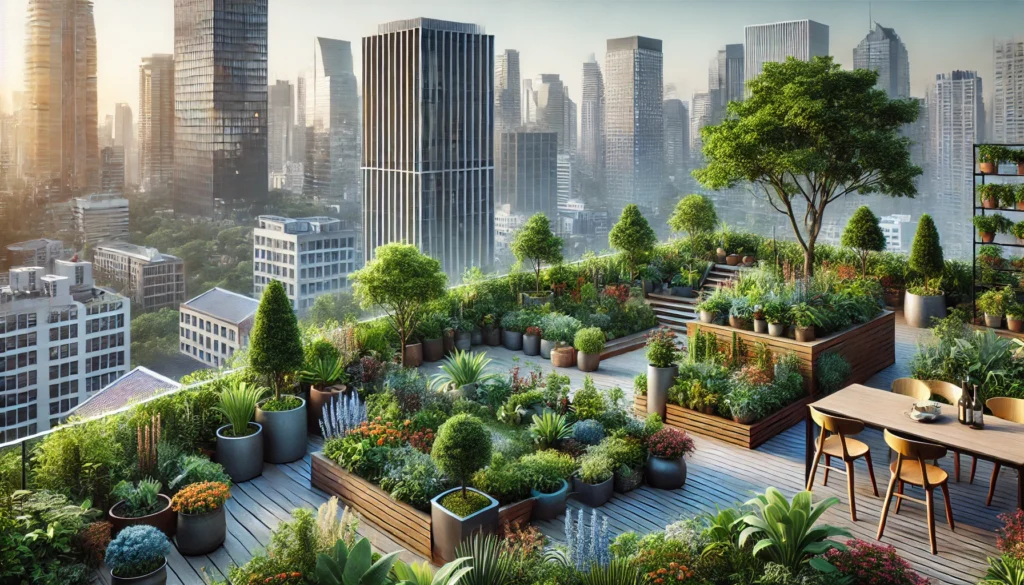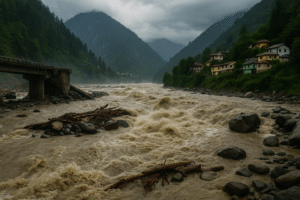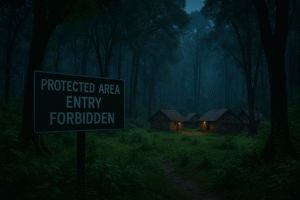Did you know? Urban parks and green spaces can reduce air pollution by up to 25%! These urban oases do more than just look pretty – they are crucial for improving the health and well-being of city dwellers.
Welcome to the world of urban ecology, a fascinating approach that blends the natural environment with urban landscapes to create healthier, more sustainable cities.
Cities are often seen as concrete jungles, bustling with traffic, towering skyscrapers, and millions of people living in close quarters. But amid the urban sprawl, there’s a growing movement aimed at reclaiming green spaces and bringing nature back to cities – and it’s called urban ecology.
Urban ecology is all about making cities more livable by integrating nature into the urban fabric. It’s a way of designing cities that recognizes the importance of plants, animals, and ecosystems in making urban areas sustainable and healthier for their residents. With cities growing at an unprecedented rate and climate change presenting new challenges, urban ecology is more important than ever.
The Need for Nature in Cities
Why do we need more nature in our cities? There are many reasons. From improving air quality to reducing the urban heat island effect (a phenomenon where cities are warmer than surrounding rural areas), incorporating green spaces into urban environments provides both environmental and social benefits.
Health Benefits
Residing in areas with more greenery has been found to decrease stress, boost mental well-being, and promote physical activity. Studies from the World Health Organization (WHO) highlight that being close to parks and natural environments can reduce the chances of developing heart disease, anxiety, and depression.
Biodiversity and Wildlife
Cities are often seen as inhospitable to wildlife, but urban ecology can change that. By creating habitats like green roofs, urban forests, and even water bodies, we can invite birds, insects, and small mammals back into cities. These creatures play vital roles in pollination, pest control, and maintaining ecosystems.

Cooling the Urban Heat Island
Anyone who’s walked on a hot city street in summer knows how oppressive urban heat can be. Green spaces, trees, and water bodies help to cool down cities naturally by providing shade and releasing moisture into the air through a process called transpiration. New York City’s MillionTreesNYC initiative, for example, aimed to plant one million trees to combat the city’s heat problem, enhance air quality, and improve urban biodiversity.
Urban Ecology in Action: Case Studies from Around the World
Let’s take a look at some cities that are embracing urban ecology and leading the way toward greener, more sustainable urban environments.
Singapore: The City in a Garden
Singapore is a global leader in urban ecology, often referred to as a “City in a Garden.” The city has transformed its urban landscape with extensive green spaces, vertical gardens, and rooftop parks. The Gardens by the Bay is a 101-hectare nature park built on reclaimed land in the heart of Singapore, featuring futuristic “supertrees” that act as vertical gardens, harness solar power, and even collect rainwater.
The city’s government has also implemented a park connector network, a series of green corridors that allow people to walk or bike through the city while staying close to nature.
London: The National Park City Initiative
In 2019, London was declared the world’s first National Park City. The initiative aims to make the entire city a greener, healthier place for both people and wildlife. London’s urban ecology movement promotes the creation of green roofs, wildlife habitats, and community gardens. Projects like the London Wildlife Trust are working on restoring riverbanks, planting native trees, and providing habitats for endangered species like hedgehogs.
Bangalore: Bringing Lakes Back to Life
India’s own tech hub, Bangalore, has a rich history of lakes, many of which have been neglected or turned into landfill over the years. However, urban ecologists and citizen activists are working together to restore these lakes. The Save Bangalore Lakes Trust is one such organization dedicated to reviving these water bodies, providing both flood mitigation and a habitat for local wildlife.
Urban lakes not only reduce the heat in surrounding areas but also recharge groundwater levels, which is essential for the city’s water supply.
The Role of Urban Design in Urban Ecology
Urban planners and architects are increasingly recognizing the need to incorporate nature into city designs. The idea of biophilic design is gaining traction – this concept involves integrating natural elements, like trees and water features, into urban spaces to create a harmonious relationship between people and nature.
Green Roofs and Living Walls
Green roofs and living walls are examples of how urban design can help incorporate nature into cities. These structures not only look beautiful but also help improve air quality, regulate building temperatures, and provide habitats for birds and insects. In cities like Paris, green roofs are mandated on all new commercial buildings, showing how policy can support urban ecology efforts.
Smart Cities and Nature
The growth of smart cities — urban spaces that leverage technology to enhance infrastructure — also opens doors for advancing urban ecology. For example, several smart cities are now employing sensors to track air quality and soil moisture in green areas, making maintenance more effective and helping urban greenery flourish.
Getting Involved: How Citizens Can Help
Urban ecology isn’t just the responsibility of city planners and governments – individuals and communities play a vital role too. Simple actions like planting trees, starting community gardens, or supporting local wildlife can make a big difference. In cities like Detroit, USA, urban agriculture projects have flourished in abandoned lots, helping to provide fresh produce to local communities while creating green spaces.
Conclusion: The Future of Urban Ecology
Urban ecology is not just a trend; it’s the future of sustainable city living. As we face the growing challenges of climate change, population growth, and dwindling natural resources, bringing nature back into our cities is essential for creating healthy, livable urban environments.
Whether it’s through restoring lakes, building green roofs, or creating more parks, urban ecology offers a path to a brighter, more sustainable future. So the next time you walk through a city park or see a rooftop garden, remember – you’re witnessing the power of nature to transform our cities for the better.
Call to Action:
Take a moment to appreciate the green spaces around you and consider how you can contribute to urban ecology. Whether it’s supporting local environmental groups, planting trees, or advocating for greener urban policies, we all have a role to play in making our cities more sustainable.
Author’s Note:
As an advocate for sustainability and green living, I believe that the future of our cities depends on how well we integrate nature into the urban fabric. Urban ecology is not just about aesthetics – it’s about creating healthier, more resilient environments for future generations. Let’s continue to push for greener cities together!
G.C., Ecosociosphere contributor.
References and Further Reading:
- World Health Organization – Green Spaces and Health
- Preservation Planning From an Expert. https://www.pelfreytree.com/preservation-planning-from-an-expert
- How climate change will affect Minnesota’s outdoor workforce – MinnPost. https://www.minnpost.com/environment/2021/08/how-climate-change-will-affect-minnesotas-outdoor-workforce/
- The Evolution of Urban Rooftop Gardens: A Sustainable Trend Blooming in Cities. https://exousiaamedia.com/the-evolution-of-urban-rooftop-gardens-a-sustainable-trend-blooming-in-cities/
- Greenview Landscaping: Crafting Your Dream Outdoor Spaces. https://pristinelandscapingandlighting.com/greenview-landscaping-crafting-your-dream-outdoor-spaces/





Comments
Somebody essentially lend a hand to make significantly articles Id state That is the very first time I frequented your website page and up to now I surprised with the research you made to make this actual submit amazing Wonderful task
Noodlemagazine You’re incredible! I don’t believe I’ve ever read something like this before. It’s fantastic to see someone share unique thoughts on this topic. Honestly, thank you for starting this up. The internet needs more originality like this!
FlixHQ Excellent post. I often come across completely new and engaging content on websites